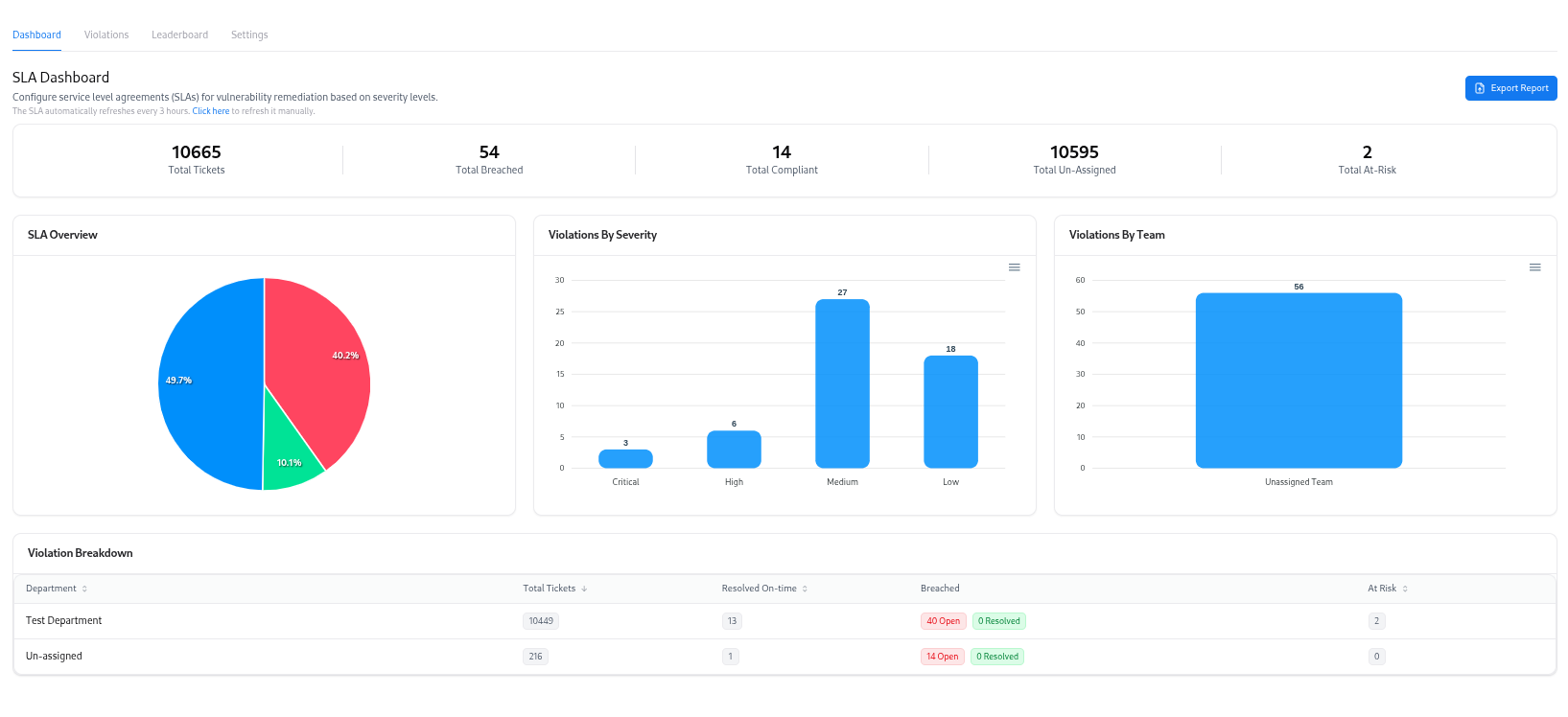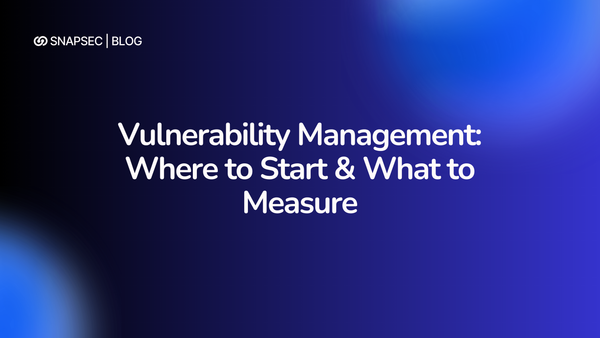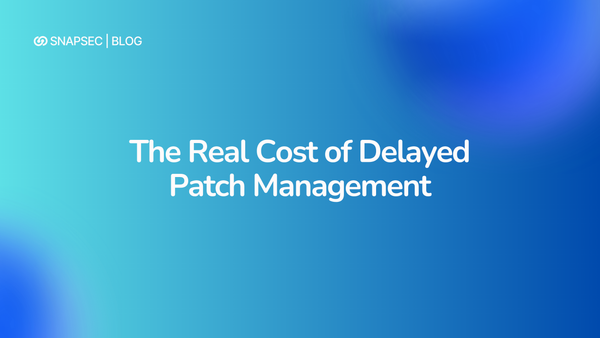When Everything Looks Critical: The Art of Vulnerability Prioritization

It’s a scene every security team knows too well — dashboards glowing red, tickets piling up, and every CVE screaming critical. You patch, re-patch, and somehow still fall behind. The truth? Not everything marked “critical” is actually critical. And that’s where most teams don't understand.
What the Research Says
Several studies over the past few years point to a core truth:
Most breaches stem not from “critical” vulnerabilities, but from unpatched, actively exploited, or chained ones that weren’t prioritized correctly.
- Kenna Security (Cisco, 2024) found that only about 4–6% of known vulnerabilities are ever exploited in the wild — yet most teams spend equal time patching the other 94%.
- FIRST’s EPSS (Exploit Prediction Scoring System) model shows that vulnerabilities with low CVSS can still carry high exploit probability, especially when coupled with public proof-of-concept (PoC) code.
- CISA’s Known Exploited Vulnerabilities (KEV) catalog continues to grow, reinforcing that exploitation trends move fast — often within days of disclosure.
The takeaway?
The problem isn’t how many vulnerabilities you have — it’s which few could realistically hurt you.
The Real Problem: Too Much Noise, Too Little Context
Traditional vulnerability tools rate threats on severity, but not on relevance. They tell you what’s broken — not what matters. When your scanner flags 10,000 findings, your team doesn’t need 10,000 red alerts. It needs to know which 50 can actually get you breached.
That’s the gap SnapSec VM was built to close.
What Makes SnapSec Different
SnapSec’s Vulnerability Management (VM) module goes beyond static CVSS scores. It automatically connects each vulnerability to the asset’s importance, exposure level, exploit data, and real-time threat context — so you can see not just what’s wrong, but why it matters.

Here’s how it simplifies the chaos:
- Unified Asset Intelligence: Every vulnerability is tied to a real, living asset pulled from SnapSec’s Asset Intelligence Management (AIM). No ghost records, no guessing who owns what.
- Smart Correlation Engine: Vulnerabilities, assets, and threat data are auto-linked under one view. You instantly see relationships that other tools hide.

- Adaptive SLAs: Teams don’t just get alerts — they get deadlines that adjust based on impact, exposure, and ownership.

- End-to-End Traceability: From detection to remediation, every action, blocker, and change request is tracked in one place.

Why Context Changes Everything
Imagine two “critical” vulnerabilities.
One lives on an internal HR app with no external access.
The other sits on a public-facing asset tied to customer data.
Both have the same CVSS score. Only one can take your business down. SnapSec automatically knows which because it sees the whole picture.
With SnapSec, security teams move from chasing volume to managing value. You no longer spend days sorting through scanner exports or cross-referencing spreadsheets. SnapSec VM shows you the handful of vulnerabilities that actually demand attention — and assigns them directly to owners with SLA tracking.
It’s not just vulnerability management. It’s decision intelligence for security.
Why It Works
Because SnapSec doesn’t treat vulnerabilities as isolated flaws. It treats them as part of a living security ecosystem linked to assets, threats, and ownership. That’s the difference between reacting to problems and managing risk with purpose.
Final Thought
In a world where everything looks critical, clarity is the real defense. SnapSec VM gives you that clarity a unified view of what to fix first, why it matters, and who owns it.
When you stop treating every alert as urgent, you finally start fixing what truly is.

Centralise your Appsec
A single dashboard for visibility, collaboration, and control across your AppSec lifecycle.
Explore Live Demo



